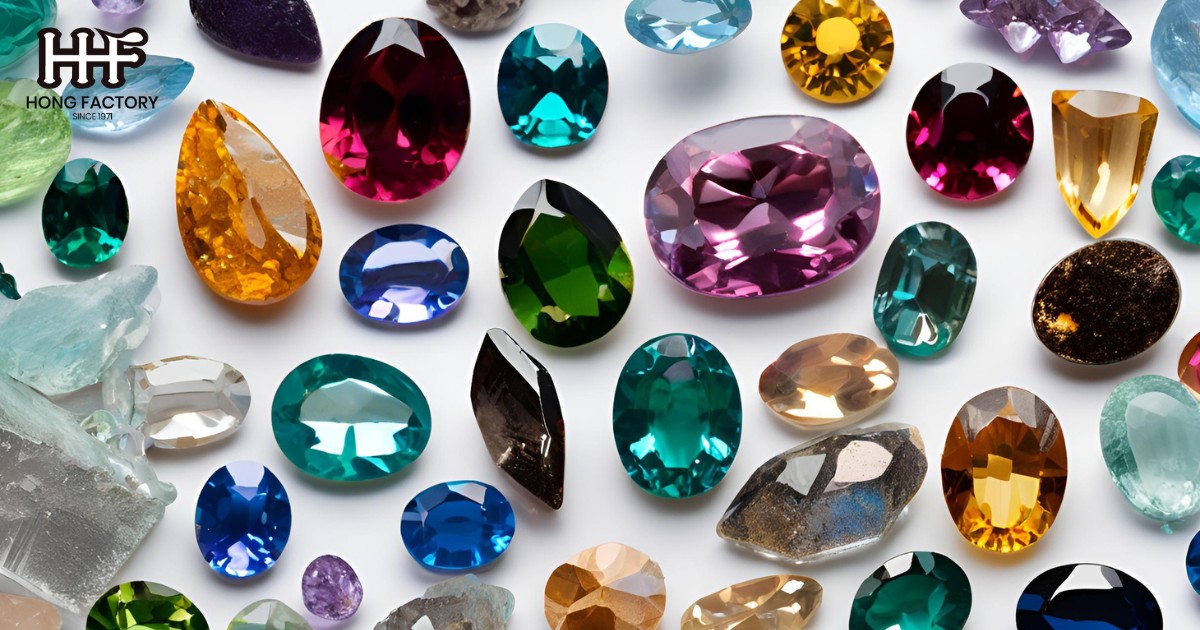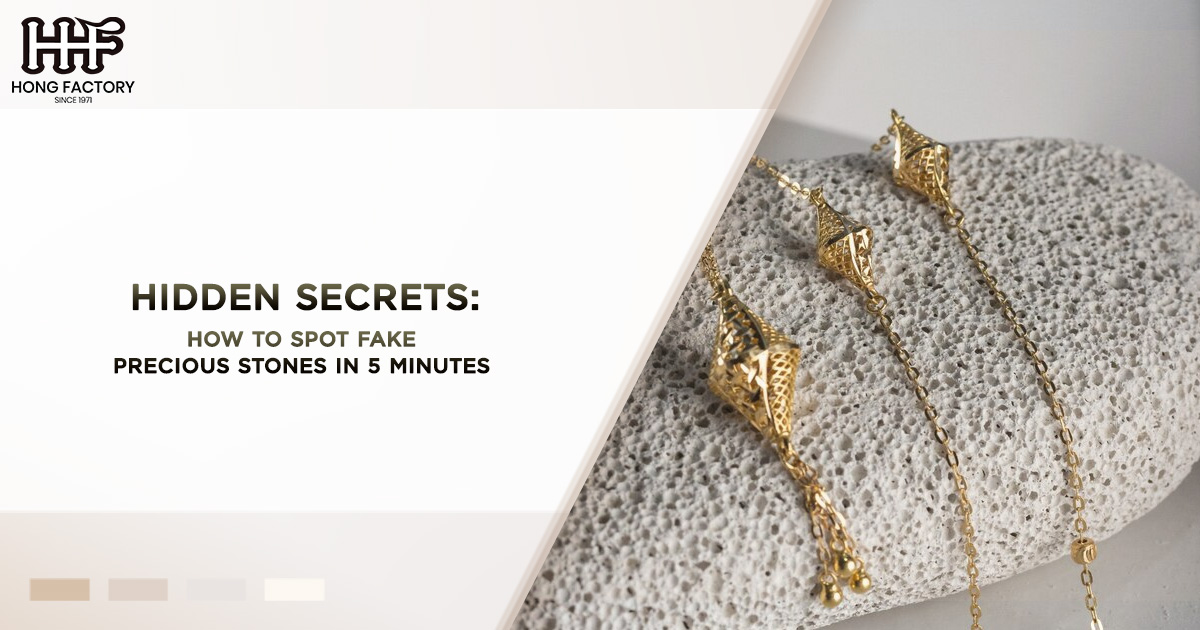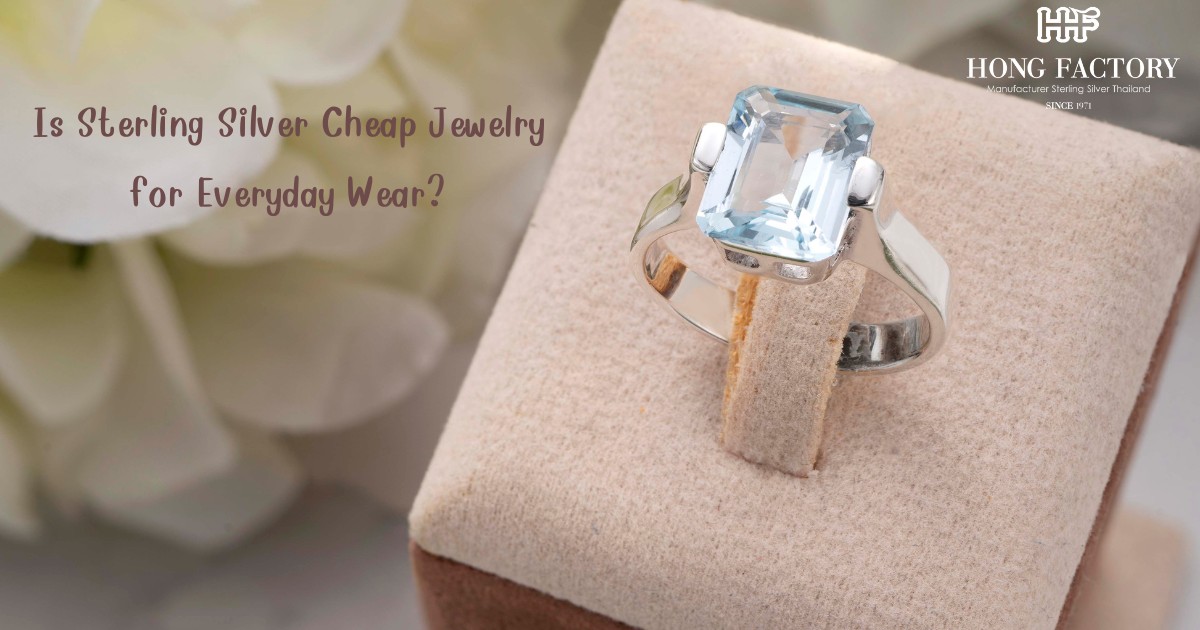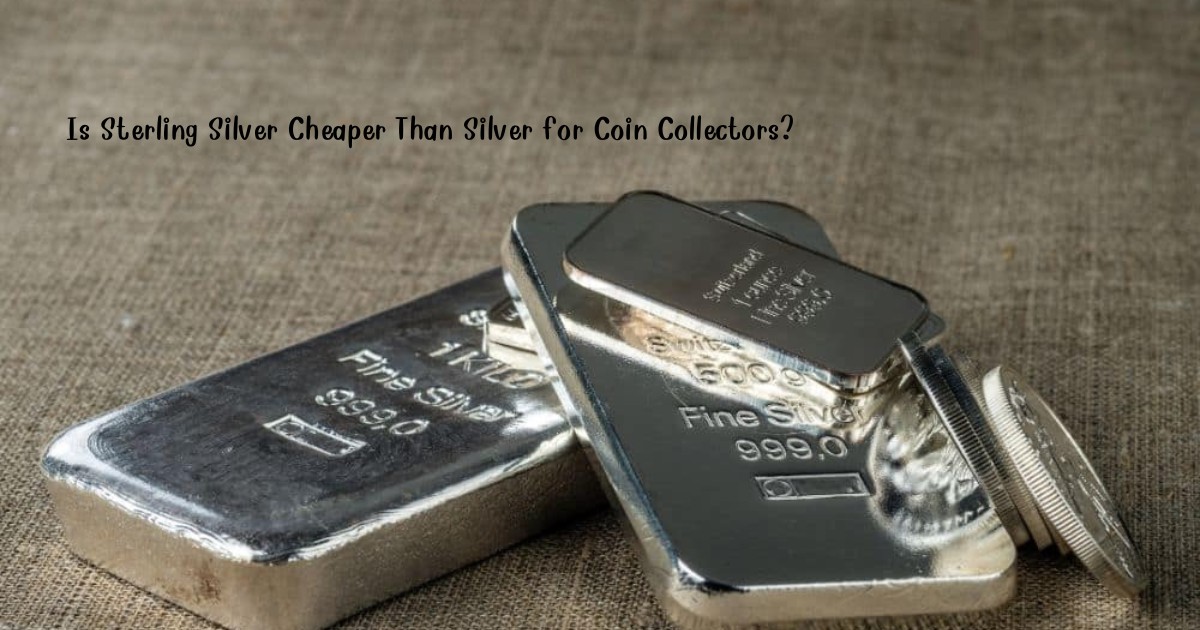When it comes to purchasing precious stones, ensuring their authenticity is paramount. Whether you’re an avid jewelry enthusiast or a casual buyer, understanding how to spot fake gemstones can save you from costly mistakes. With the rise of synthetic and counterfeit stones in the market, arming yourself with basic knowledge about authentic gems and gemstone testing is essential. In this article, we’ll reveal practical tips for identifying fake jewels in just five minutes using visual inspection, simple home tests, and professional methods. Plus, we’ll discuss the most common types of fake gemstones and how to avoid them.
Why Knowing How to Detect Fake Gemstones Matters
Fake gemstones have flooded the global market, making jewelry authentication more critical than ever. While synthetic stones often look stunning, they lack the rarity, value, and history associated with natural gems. A fake stone purchased at a premium price can lead to financial loss and disappointment. By applying these strategies, you can confidently distinguish between genuine and counterfeit stones, ensuring your investment is worthwhile.
Visual Inspection Tips
The first step in identifying authentic gems is a thorough visual examination. While this method doesn’t require any tools, it does demand a keen eye and attention to detail.
- Check for Inconsistencies
Natural gemstones are rarely perfect. Tiny inclusions, slight imperfections, and unique color variations are common in real stones. If the gem appears too flawless, it might be synthetic or fake. Under magnification, authentic stones often reveal tiny mineral deposits or internal flaws, while counterfeit ones may look overly uniform.
- Observe the Stone’s Color and Clarity

While vibrant colors are desirable, overly bright or unnatural hues can indicate a fake. For example, genuine rubies tend to have a deep, rich red color, while fake rubies may appear unnaturally bright or glass-like. Similarly, real emeralds often have tiny inclusions, while fake ones may appear perfectly clear.
- Inspect the Cut and Craftsmanship
Examine how the stone is cut and set within the jewelry. Authentic precious stones are often cut with precision to enhance their brilliance, while fake stones may have uneven or poorly executed facets. Additionally, counterfeit gems might be set in cheap, low-quality metal settings.
Simple Home Tests
If visual inspection leaves you uncertain, a few easy tests can help confirm whether the stone is real. These gemstone testing methods require minimal time and tools but can be surprisingly effective.
- The Fog Test
Hold the stone close to your mouth and breathe on it to create fog. A real gemstone will quickly disperse the moisture due to its high thermal conductivity, while a fake stone (such as glass) will retain the fog for a longer time. This test works particularly well for diamonds.
- The Scratch Test
Real gemstones are typically harder than counterfeit materials. Use the Mohs scale of hardness as a reference. For instance, diamonds are the hardest natural material (rated 10 on the Mohs scale) and should not scratch easily. Lightly scratch the stone with a material of known hardness, such as a steel blade. Be cautious, though—this test should only be performed on unmounted or less expensive stones to avoid damage.
- Water Immersion Test
Place the gemstone in a glass of water. Fake gemstones made from glass or plastic often float or sink at a slower rate than genuine stones. Real diamonds and other heavy precious stones will sink immediately due to their density.
- UV Light Test
Some gemstones, like diamonds and rubies, fluoresce under ultraviolet (UV) light. Shine a UV flashlight on the stone to observe any fluorescence. While this test isn’t definitive (since not all genuine stones fluoresce), it can provide additional clues about the gem’s authenticity.
Professional Testing Methods
When in doubt, consult a professional gemologist for accurate jewelry authentication . Professionals use advanced tools and techniques to confirm the authenticity of gemstones.
- Refractometer Testing
A refractometer measures the refractive index (RI) of a gemstone, which is a unique optical property. Each gemstone has a specific RI range, making this test highly reliable for identification.
- Spectroscope Analysis
A spectroscope analyzes how a gemstone absorbs light, revealing its unique spectral pattern. This test can distinguish between natural, synthetic, and fake stones. For example, natural emeralds exhibit specific absorption lines that synthetic emeralds lack.
- X-Ray Fluorescence (XRF)
XRF testing uses X-rays to analyze the chemical composition of a gemstone. This method is particularly effective for identifying fake or treated stones, as it reveals any foreign elements added to enhance the gem’s appearance.
- Thermal Conductivity Testing
High-end diamond testers measure thermal conductivity to differentiate diamonds from diamond simulants like cubic zirconia. Genuine diamonds conduct heat rapidly, while simulants do not.
Common Fake Types and How to Avoid Them
Understanding the most common types of fake gemstones can help you avoid falling victim to scams.
- Cubic Zirconia (CZ)
Cubic zirconia is one of the most popular diamond substitutes due to its affordability and resemblance to real diamonds. However, it lacks the brilliance and hardness of a genuine diamond. To detect CZ, use the fog test or a diamond tester.
- Glass Imitations
Glass is often used to mimic gemstones like emeralds, sapphires, and rubies. These fakes are usually lighter and less durable than authentic gems. Look for bubbles or streaks within the stone, as these are telltale signs of glass.
- Synthetic Stones
Synthetic gemstones, such as lab-grown sapphires or rubies, are chemically identical to natural stones but are manufactured in a lab. While not technically “fake,” they lack the rarity and value of natural gems. Professional testing is often required to differentiate between synthetic and natural stones.
- Imitation Pearls
Fake pearls are typically made from glass or plastic and lack the luster and weight of genuine pearls. To test, rub the pearl gently against your teeth. Real pearls feel gritty due to their natural nacre, while fake pearls feel smooth.
Tips for Buying Authentic Gems
To ensure you’re purchasing genuine gemstones, follow these tips
- Buy from Reputable Sellers
Choose jewelers or retailers with a long-standing reputation for quality and trust. Look for certifications from organizations like the Gemological Institute of America (GIA).
- Request Certification
Always ask for a certificate of authenticity when buying precious stones. This document should include details about the stone’s origin, quality, and characteristics.
- Be Wary of Bargains
If the deal seems too good to be true, it probably is. Genuine gemstones come with a price tag, so be cautious of heavily discounted offers.
- Educate Yourself
Familiarize yourself with the specific properties of the gemstone you’re interested in. Understanding its color, clarity, and inclusions will help you spot inconsistencies.
Conclusion
Spotting fake gemstones doesn’t have to be a daunting task. By combining visual inspection , simple home tests , and professional methods, you can quickly determine whether a stone is genuine or counterfeit. Familiarize yourself with the characteristics of authentic gems , and always buy from trusted sources to ensure your investment is secure. With these tips, you’ll become an expert in fake detection , safeguarding your jewelry collection and peace of mind.
Whether you’re buying a dazzling engagement ring, a family heirloom, or an eye-catching pendant, knowing how to verify its authenticity ensures you’ll never fall for a fake. Keep these techniques in mind and enjoy the beauty and value of genuine gemstones!



